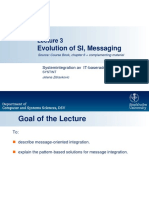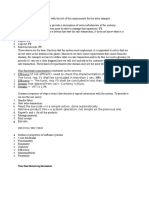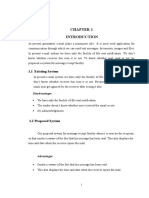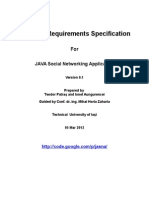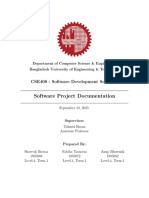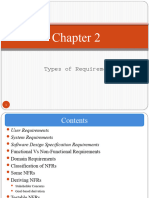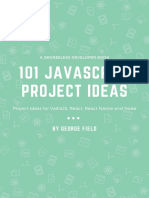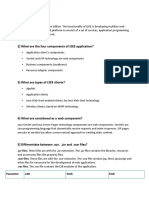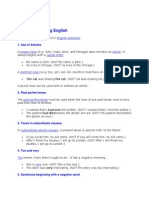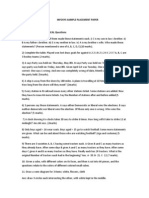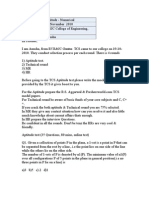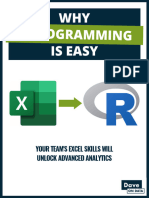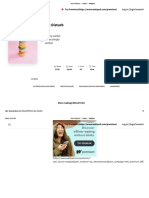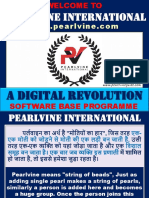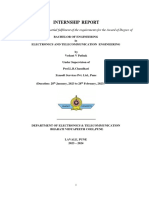0% found this document useful (0 votes)
53 views7 pagesDesign Notification Services - System Design - GeeksforGeeks
The document outlines the design and requirements for a notification service, focusing on both functional and non-functional aspects. It details components such as rate limiting, prioritization, and user preferences, as well as the architecture involving various handlers and a query engine. The service is intended for use in applications like e-commerce, ensuring timely and efficient delivery of notifications while managing user preferences and engagement metrics.
Uploaded by
Pallab KumarCopyright
© © All Rights Reserved
We take content rights seriously. If you suspect this is your content, claim it here.
Available Formats
Download as PDF, TXT or read online on Scribd
0% found this document useful (0 votes)
53 views7 pagesDesign Notification Services - System Design - GeeksforGeeks
The document outlines the design and requirements for a notification service, focusing on both functional and non-functional aspects. It details components such as rate limiting, prioritization, and user preferences, as well as the architecture involving various handlers and a query engine. The service is intended for use in applications like e-commerce, ensuring timely and efficient delivery of notifications while managing user preferences and engagement metrics.
Uploaded by
Pallab KumarCopyright
© © All Rights Reserved
We take content rights seriously. If you suspect this is your content, claim it here.
Available Formats
Download as PDF, TXT or read online on Scribd
/ 7












